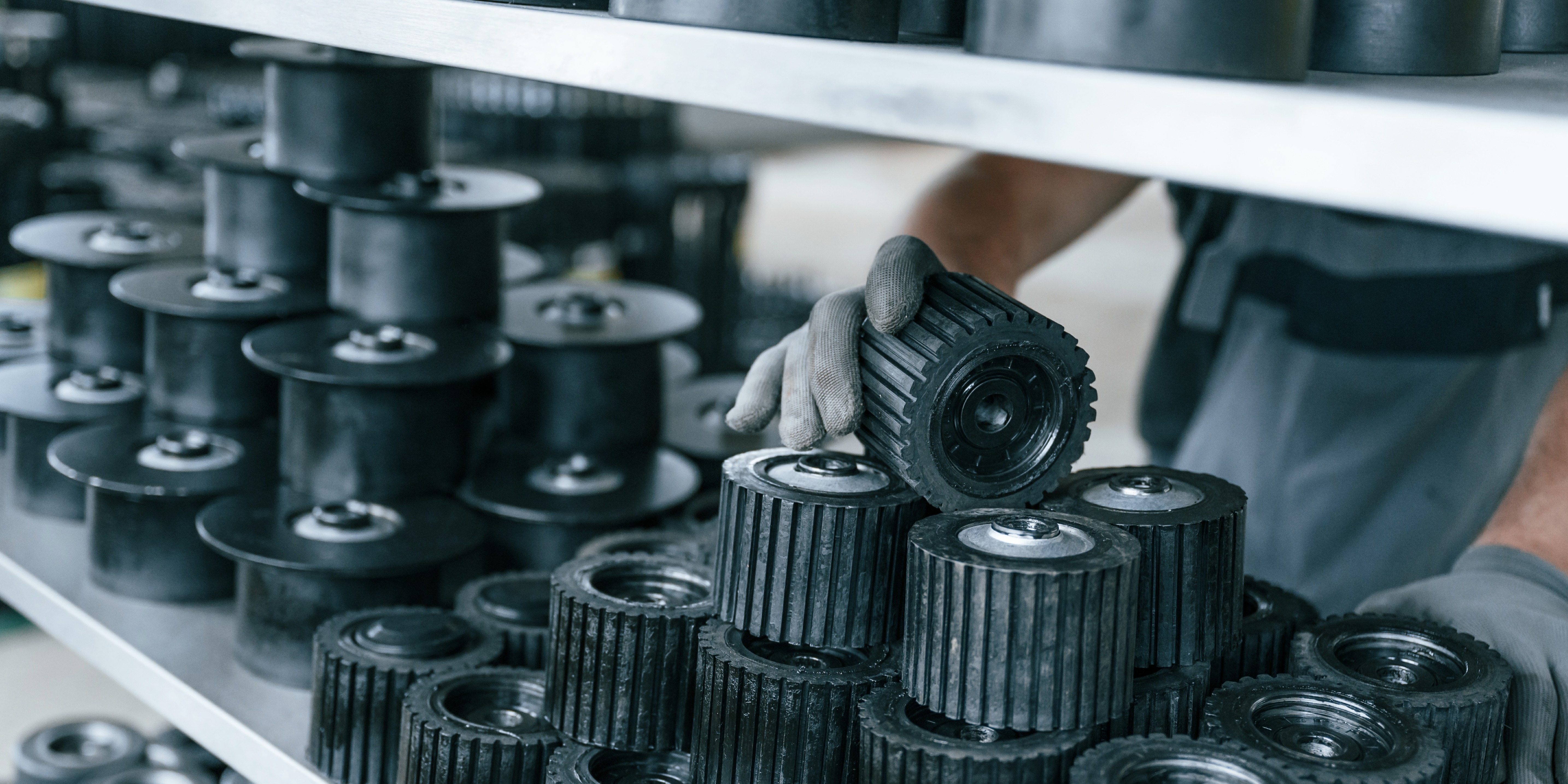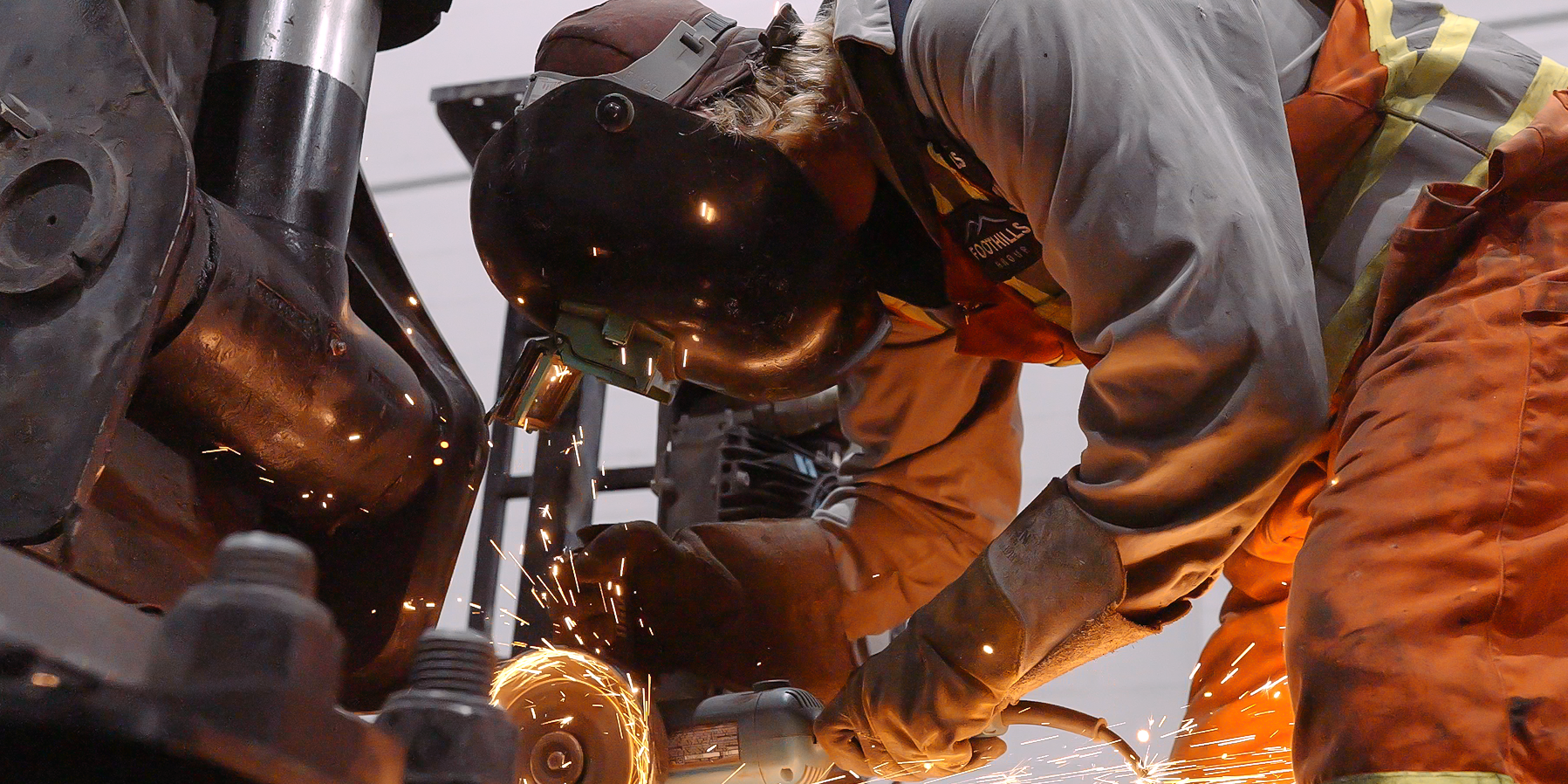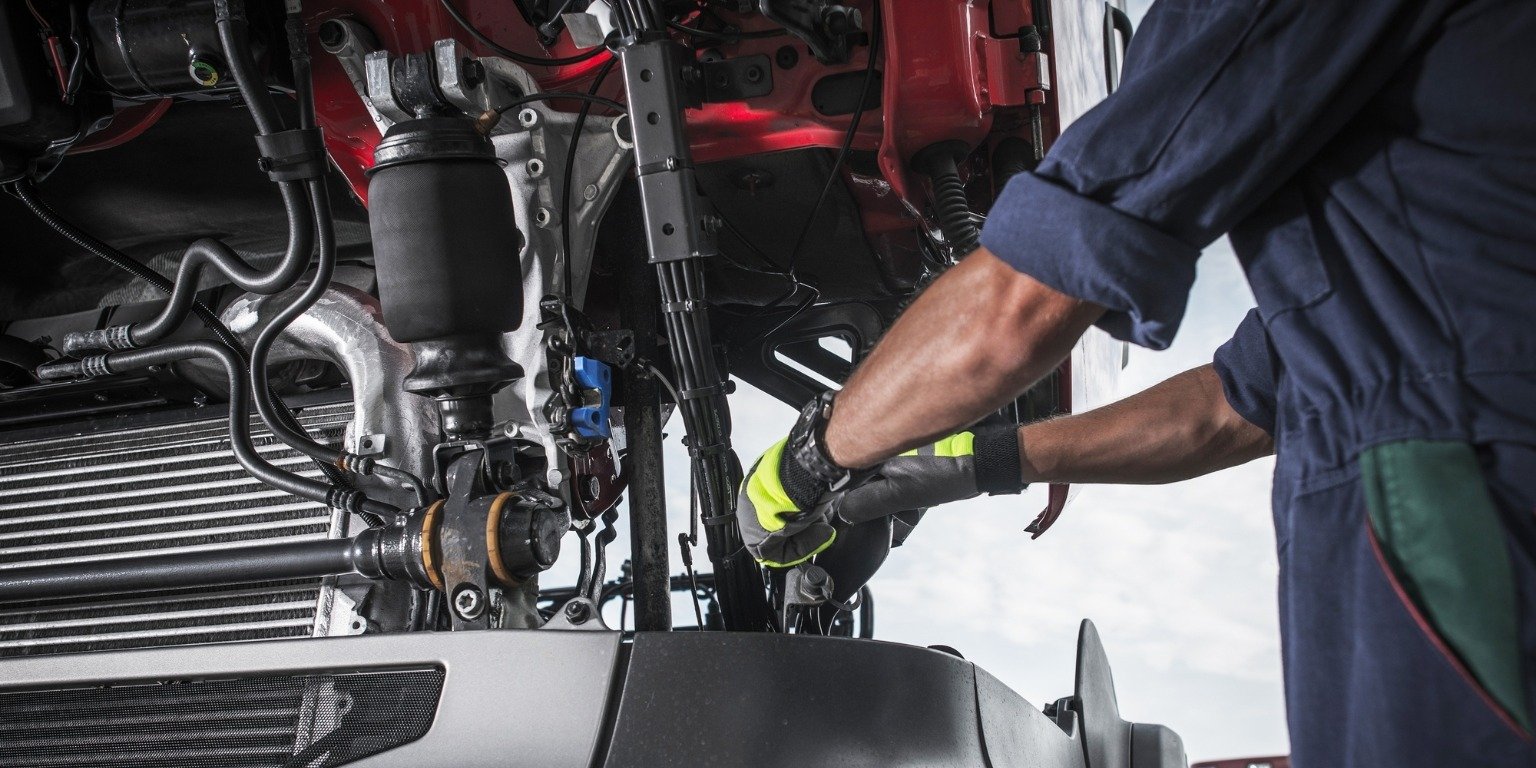
How to Set Labor Rates and Parts Markups for Profit in Your Heavy-Duty Repair Shop
If you’re an owner or manager of a heavy-duty repair shop, you probably know how to rebuild a diesel engine blindfolded. But ask most shop leaders what it really costs them to bill out an hour of labor or what margin they’re getting on parts - and you’ll often get a shrug.
That’s a problem.
In today’s competitive, cost-volatile, labor-constrained world, profit isn’t guaranteed just because you’re busy. The truth is, many shops are undercharging for labor and under-marking up parts - and bleeding profit in the process.
This guide lays out a no-nonsense strategy for setting labor rates and parts pricing in a way that protects your margins, sustains your growth, and pays your techs what they’re worth. We’ll also show you how shop management platforms like ShopView automate pricing rules and help you track margin data in real time - so every wrench turn earns what it should.
Cover Your Costs: How to Calculate Your True Labor Rate
Before you can price your labor for profit, you need to know your break-even rate.
Here’s how:
- Add up your overhead - rent, insurance, admin staff, utilities, software, everything.
- Include tech wages + benefits - fully burdened cost per hour.
- Divide by billable hours - not clocked hours, but actual hours you charge to customers.
Example: If you spend $50,000/month on overhead and tech costs, and your team bills 400 hours/month, your minimum labor rate is $125/hour just to break even.
Yet many shops are still charging $110 - $120/hour while wages, inflation, and costs keep rising. That’s a loss, not a profit.
Pro Tip: Your labor revenue should ideally yield 70 - 75% gross profit. So if your techs cost you $35/hour, you should be charging at least $140/hour. That leaves room to pay bills and reinvest in tools, techs, and growth.
Be Competitive, But Not Cheap
The national average labor rate for auto repair was around $142/hour in 2024. In heavy-duty shops, that number often needs to be higher - because your techs work on complex systems, carry more liability, and use more expensive equipment.
Don’t undercharge out of guilt. You’re not “gouging” when you charge what the job is worth. You’re staying in business.
Do this instead:
- Research local diesel shop rates (not auto shops).
- Add a premium if you offer value: fast turnarounds, certified techs, mobile service, or fleet expertise.
- Regularly review and adjust your rate - at least annually. Many shops bumped up ~9% in 2023 alone to keep up with rising expenses.
Want to see how your rate stacks up? Use our ROI calculator to compare your posted rate vs. your effective hourly margin.
Maximize Labor Efficiency: Posted Rate vs. Effective Rate
You might charge $140/hour - but are you collecting $140/hour?
Your effective labor rate is total labor revenue divided by billed hours. Discounts, comebacks, non-billed diagnostics, and idle tech time all lower this number.
If you’re only realizing $110/hour, that’s a problem.
Solutions:
- Bill for diagnostics and inspections.
- Eliminate freebies.
- Track tech time with shop software to improve bay utilization.
- Ensure your software auto-adds charges for after-hours work, road calls, and warranty repairs.
ShopView’s labor tracking helps close the gap between what you post and what you earn - ensuring more profit per bay, every day.
Mark Up Parts with Strategy, Not Emotion
Parts sales are your second biggest profit lever - and too many shops fumble it.
The old “double everything” approach doesn’t work anymore. A smarter system is the tiered markup matrix:
- Parts under $50: 100% markup
- $50 - $200: 50 - 60%
- $200 - $1000: 30 - 40%
- Over $1000: 15 - 25%
This way, you don’t scare off customers with big markups on expensive items, but you still profit well on everyday parts like filters, sensors, and hoses.
“A $20 markup on a $10 wiper blade? No big deal. A $2000 markup on a $5000 engine? That’s a deal breaker.”
Aim for at least a 24 - 25% margin on parts overall. That’s industry standard - and your software should help you hit it.
Don’t Feel Guilty About Profit on Parts
Some shop owners hesitate to charge healthy margins on parts. But consider this:
- You source it.
- You carry the warranty.
- You keep it in stock for faster turnarounds.
- You risk losing value on slow-moving items.
All that deserves compensation. If a customer insists on supplying their own parts, that’s fine - but charge more labor or a handling fee. You're losing margin and taking on installation risk.
ShopView users can configure automatic markups and disclaimers for customer-supplied parts - so your profitability stays intact.
Review Pricing Regularly - Not Once a Decade
Too many shops haven’t raised rates in years. That’s how you end up working 60-hour weeks and wondering why the bank account is empty.
✅ Review labor and parts pricing annually, at minimum.
✅ Adjust parts markups quarterly if costs fluctuate (many vendors now raise prices monthly).
✅ Tie increases to real costs - like higher tech wages or new equipment investments.
✅ Communicate clearly with customers: “We’re raising our labor rate by $6/hour to keep top-quality techs on your trucks.” Most will understand.
Even a $5/hour increase can translate into thousands in profit per month, depending on your billed hours.
Use Shop Management Software to Automate and Optimize
Let’s face it - managing complex pricing matrices, labor rates, parts margins, and rate changes by hand is a nightmare.
That’s where platforms like ShopView change the game.
With ShopView, you can:
- Auto-apply labor rates and parts markups to every estimate
- Set pricing matrices for parts by category and cost range
- Get real-time margin tracking on every invoice
- Monitor your effective labor rate month over month
- Trigger alerts when margins dip or costs rise
- Track technician time for accurate billing
- Integrate parts vendors to auto-update part costs and pricing
- Centralize pricing across multiple locations
One ShopView user cut missed charges by 30% and improved parts profit by $8,000/month - just by using the built-in markup tools and tracking dashboards.
Bottom line: You don’t have to run your shop on gut feeling anymore.
Conclusion: Stop Guessing, Start Pricing for Profit
If your pricing hasn’t changed in years - or was set by what “felt fair” rather than what your business actually needs - now’s the time to act.
Start with:
- Your cost per hour
- Your desired gross margin
- Your market position
- A structured parts matrix
- A clear review schedule (monthly, quarterly, yearly)
Then, plug those rules into your software and let it do the hard part: consistent, error-free pricing on every ticket.
You don’t have to gouge. You just have to charge smart.
By pricing labor and parts intentionally - and using the right tools to support those decisions - you’ll protect your margins, grow your business, and pay your people what they’re worth.
Want to see how ShopView can automate pricing and grow your profit? Book a free demo now. Most shops see ROI in under 90 days.
.png?width=1500&height=1500&name=11%20(1).png)








.png?width=1500&height=1500&name=1%20(1).png)

%20-%20Copy.png?width=1500&height=1500&name=2%20(1)%20-%20Copy.png)



